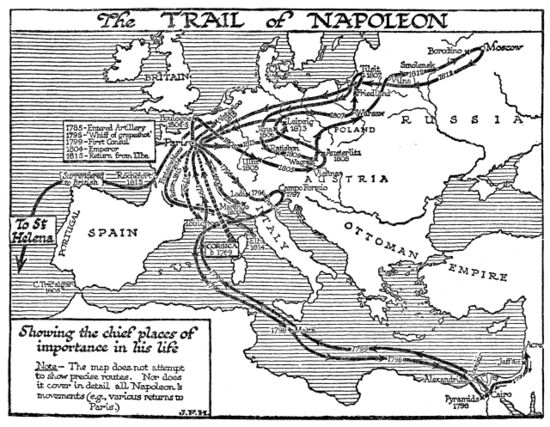imported>Chunbum Park |
imported>John Stephenson |
| (222 intermediate revisions by 8 users not shown) |
| Line 1: |
Line 1: |
| [[Image:Roger_Federer.jpg|thumb|left|{{#ifexist:Template:Roger Federer.jpg/credit|{{Roger Federer.jpg/credit}}<br/>|}}Roger Federer, a professional tennis player, hitting a forehand against James Blake in the quarterfinals of the 2006 U.S. Open.]]
| | {{:{{FeaturedArticleTitle}}}} |
| | | <small> |
| '''[[Tennis]]''' is a sport played between either two players ("singles") or two teams of two players ("doubles"). Players use a stringed racquet to strike a hollow rubber ball covered with felt over a net into the opponent's court. In some places tennis is still called '''lawn tennis''' to distinguish it from ''real tennis'' (also known as ''royal tennis'' or ''court tennis''), an older form of the game that originated in France in the Middle Ages and is played indoors on a very different court. Originating in England in the late nineteenth century, lawn tennis first spread throughout the English-speaking world, particularly among the upper classes. Today tennis is an Olympic sport that is played at all levels of society, by all ages, and in many countries around the world. Except for the adoption of the tie-breaker in the 1970s, its rules have remained remarkably unchanged since the 1890s. Millions of people also follow tennis as a spectator sport, especially the four Grand Slam tournaments.
| | ==Footnotes== |
| | | {{reflist|2}} |
| ===Manner of play=== | | </small> |
| ====The court====
| |
| Tennis is played on a rectangular, flat surface that can be composed of various materials. The court is 78 feet (23.77 meters) long and its width is 27 feet (8.23 m) for singles matches and 36 feet (10.97 m) for doubles matches. Additional clear space around the court is required in order for players to reach balls. A net is stretched across the full width of the court, parallel with the baselines, dividing it into two equal areas. The net is 3 feet 6 inches (1.07 m) high at the posts and 3 feet (914 mm) high in the center.
| |
| | |
| =====''The lines''=====
| |
| The two lines that delineate the width of the court are called the baseline. The short mark in the center of each baseline is referred to as either the hash mark or the center mark. The outermost lines that make up the length are both called the doubles sideline. These are the boundaries used when doubles is being played. The area between the doubles sideline and the lines next to them is called the doubles alley, which is considered to be "out" in singles play. These lines next to the doubles sideline are the singles sidelines, and are used as boundaries in singles play. The line that runs across the center of a player's side of the court is called the service line; despite its name this is not where a player legally stands when making a serve. The line dividing the service line in two is called the center line or center service line. The boxes that this center line creates are called the service boxes; depending on a player's position, they will have to hit the ball into one of these when serving.
| |
| | |
| [[Tennis|.....]]
| |
Latest revision as of 10:19, 11 September 2020
Napoleon (Napoleon Bonaparte or, after 1804, Napoleon I, Emperor of the French) was a world historic figure and dictator of France from 1799 to 1814. He was the greatest general of his age--perhaps any age, with a sure command of battlefield tactics and campaign strategies, As a civil leader he played a major role in the French Revolution, then ended it when he became dictator in 1799 and Emperor of France in 1804 He modernized the French military, fiscal, political legal and religious systems. He fought an unending series of wars against Britain with a complex, ever-changing coalition of European nations on both sides. Refusing to compromise after his immense defeat in Russia in 1812, he was overwhelmed by a coalition of enemies and abdicated in 1814. In 1815 he returned from exile, took control of France, built a new army, and in 100 days almost succeeded--but was defeated at Waterloo and exiled to a remote island. His image and memory are central to French national identity, but he is despised by the British and Russians and is a controversial figure in Germany and elsewhere in Europe.
Rise to Power
Once the Revolution had begun, so many of the aristocratic officers turned against the Revolutionary government, or were exiled or executed, that a vacuum of senior leadership resulted. Promotions came very quickly now, and loyalty to the Revolution was as important as technical skill; Napoleon had both. His demerits were overlooked as he was twice reinstated, promoted, and allowed to collect his back pay. Paris knew him as an intellectual soldier deeply involved in politics. His first test of military genius came at Toulon in 1793, where the British had seized this key port. Napoleon, an acting Lieutenant-Colonel, used his artillery to force the British to abandon the city. He was immediately promoted by the Jacobin radicals under Robespierre to brigadier-general, joining the ranks of several brilliant young generals. He played a major role in defending Paris itself from counter-revolutionaries, and became the operational planner for the Army of Italy and planned two successful attacks in April 1794. He married Josephine (Rose de Beauharnais) in 1796, after falling violently in love with the older aristocratic widow.[1]
- ↑ Englund pp 63-73, 91-2, 97-8
